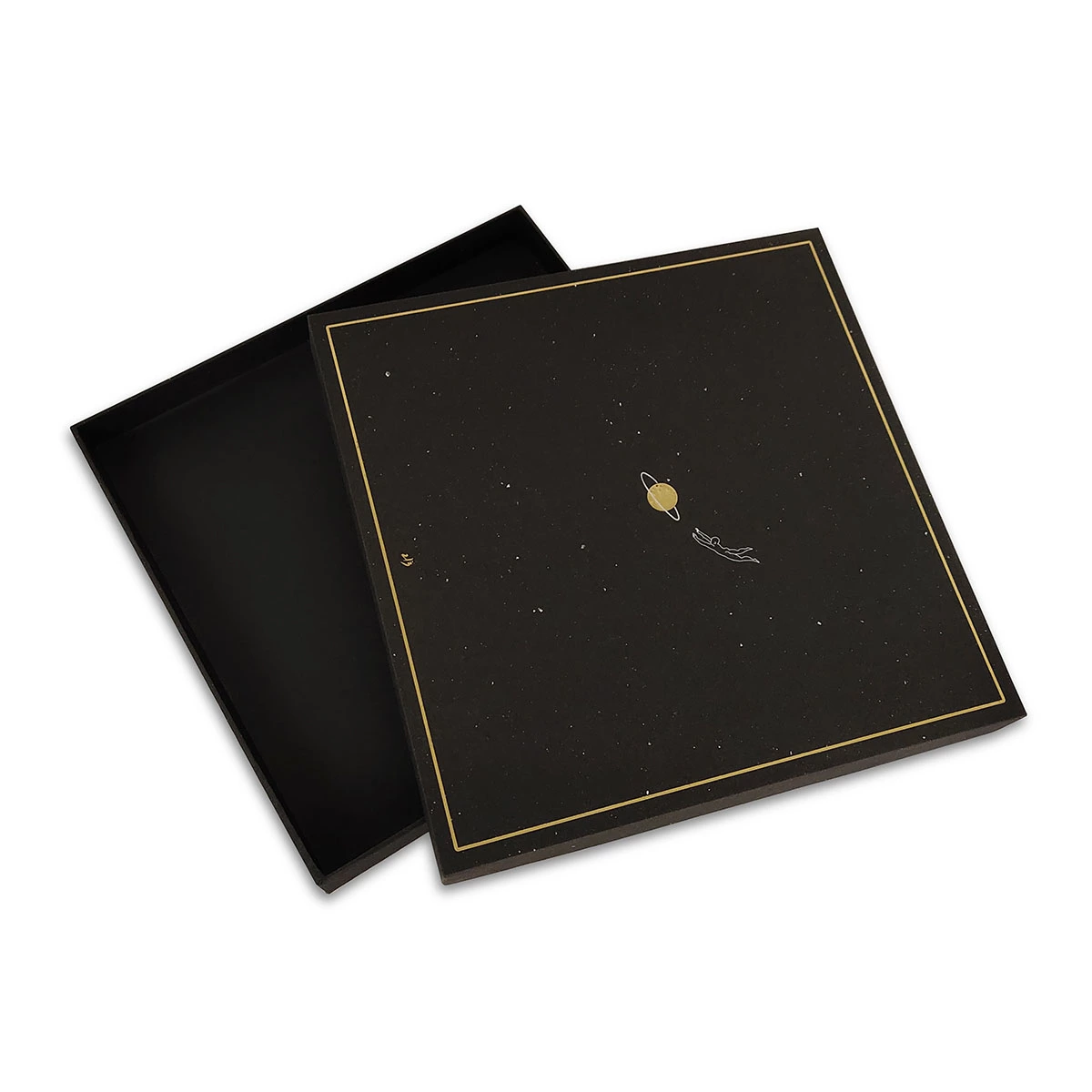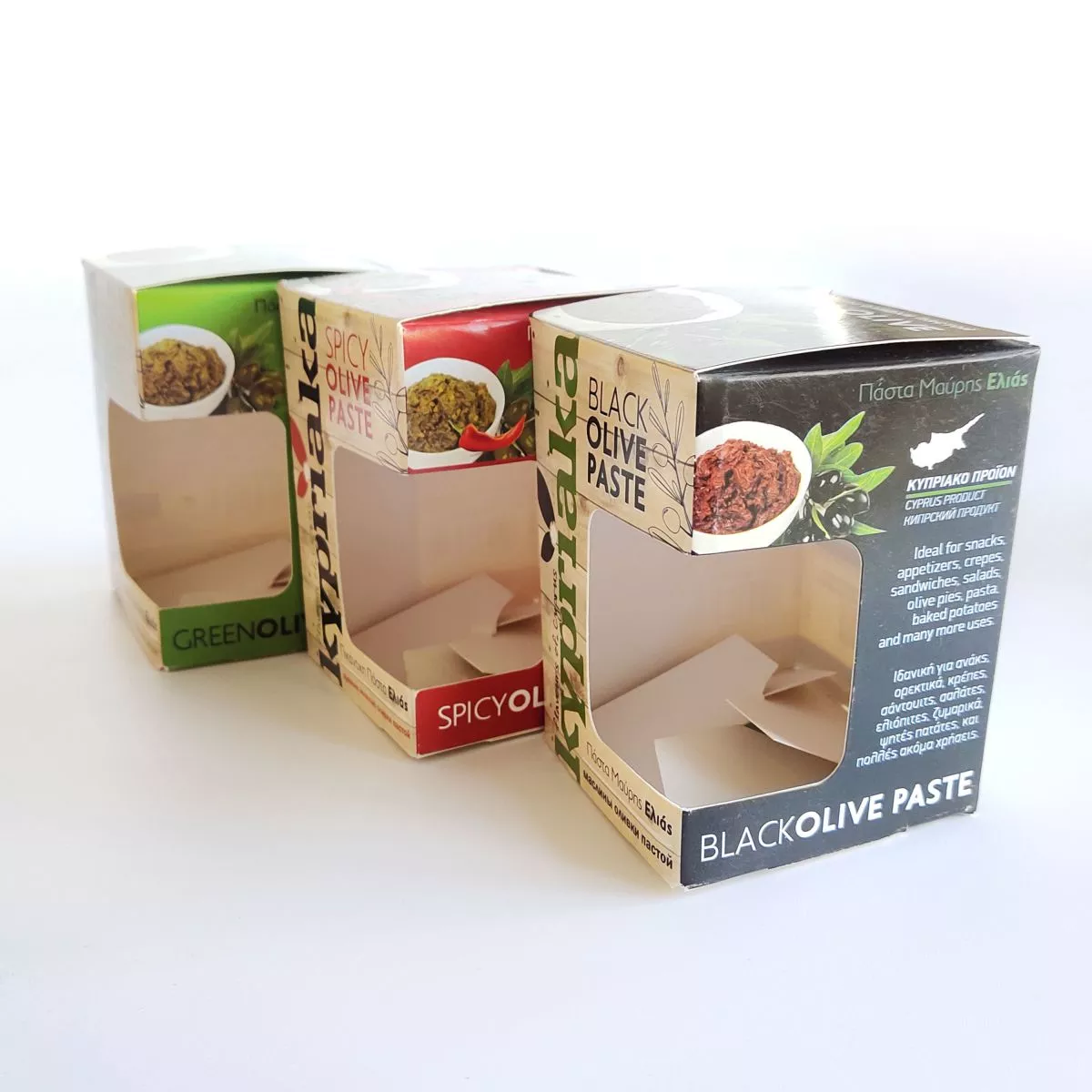Types Of Printing
Relief is the most familiar kind of printing. If you've ever printed potatoes or used an old-fashioned typewriter, you've used relief printing. The basic idea is that you make a reversed, glued-up (relief) version of whatever you want to print on the surface of the plate, and then simply cover it with ink. Because the printing surface is higher than the rest of the plate, only this part (not the background) will absorb any ink. Push the inked plate onto the paper (or whatever you want to print) and a right-handed print immediately appears.
Gravure is the exact opposite of relief printing. Instead of making a raised printing area on the plate, you dig or scrape an image into it (sort of like digging a grave, hence the name intaglio). When you want to print from the plate, you apply ink to it so that the ink fills the area you dug out. Then, you wipe the plate clean so that the ink is removed from the surface but left in the depression you dug out. Finally, you press the plate hard against the paper (or other material you are printing on) so that the paper is pushed into the inked depressions and only the pattern is collected from these areas.
Offset printing also transfers ink from the plate to the paper (or other material), but instead of the plate being pressed directly onto the paper, there is an additional step. The ink-coated plate is pressed onto a soft roller that transfers the printed image to it, and then the roller is pressed onto the printed surface - so instead of the press printing the surface directly, the printed image is first offset onto the roller before being transferred to the opposite side. Offset printing stops the plate from wearing out from repeated impressions on the paper and produces consistently higher quality prints.

Photo: The three most common types of printing: Left: Relief—Raised parts of the printing block (gray) transfer the ink (red) to the paper (white rectangle with black outline at the top) when the two are pressed together. Middle: Gravure—Grooves dug into the printing block transfer the ink to the paper when the paper is pressed tightly into them. Right: Offset—A rotating cylinder (blue) transfers ink from the printing plate to the paper without the two ever coming into contact.
Relief printing

For more than 500 years, most high-volume, low-quality printing has been produced on letterpresses, more or less sophisticated versions of the printing press invented by Johannes Gutenberg back in the 15th century. In the simplest form of letterpress, known as a flatbed press or embosser, the paper is supported on a flat metal plate called a platen, which sits under a second flat plate holding the relief plate of the item to be printed (in other words, the printing plate). The plate is covered with ink (either by hand, brush or automatic roller) before the paper is pressed firmly against the plate and then released. This process can be repeated any number of times.
Flatbed presses are typically the slowest of all printing methods because of the time it takes to continually lift and ink the plate, as well as load and remove the paper. This is why most letterpress presses use rotating cylinders instead of one or two flatbeds. In a machine called a flatbed cylinder press, the plate is mounted on a flatbed that moves back and forth as the cylinder passes over it, inking it, pressing the paper against it, and then lifting the printed sheet. This greatly speeds up printing, but loading and removing the paper is still a slow process. The fastest letterpresses were called rotary web presses, which had curved printing plates wrapped around rotating metal cylinders that pressed the paper onto a sheet that was automatically fed from a huge reel called a web. Newspapers are printed on such machines, which typically print both sides of the paper at once and can produce thousands of copies per hour.
Gravure printing
The simplest form of gravure printing is engraving, where the artist draws by gently scratching the surface of a copper plate that has been thoroughly coated with acid-resistant chemicals. As the artist scratches, shiny copper lines are revealed. The copper plate is then dipped into the acid so that the exposed copper lines are corroded by the acid (eating the metal more deeply) while the rest of the plate remains intact. The acid-resistant chemicals are then washed off, leaving a copper plate from which many copies, called etched plates, can be printed. Traditional engraving and etching is a fairly laborious process, so it is used primarily by artists to produce relatively small numbers of (initially) hand-painted images.
A similar but faster and more efficient process called photographic plate making is used commercially to produce large quantities of high-quality prints. Instead of drawing the image to be printed slowly and painstakingly, a photograph is transferred to a copper plate ("photogravure") and then etched onto it ("gravure"). Once the plate is made, it is used to print on either a flatbed press (fed with a single print) or a rotary web press called a rotogravure press. Glossy magazines and cardboard packaging containers are often printed in this manner.

Offset printing
The most common type of printing today uses a method called offset lithography (often abbreviated to "offset litho"), which is much simpler than it sounds. As we have already seen, offset printing simply means that the printing plate does not directly touch the final printing surface (paper or whatever it may be); instead, an intermediate cylinder is used to transfer the printed image from one to the other. But what about lithography?
Lithography, which literally means "stone engraving", is a method of printing from the surface of a stone and was invented by the German actor and playwright Alois Senefelder in 1798. He took a large stone and used a crayon to draw a design on it. Then he dipped the stone into water so that the part of the stone not covered by the crayon became wet. Next, he dipped the design in ink so that the ink would only stick to the waxed part of the stone, not the wet part. So now he has an inked "printing plate" (or printing stone, if you prefer) that he can press onto the paper to make a copy. Lithography avoids the need to make traditional printing plates, since you need to do both letterpress and gravure printing.
Modern offset presses use an updated version of the same basic idea, which is to use thin metal printing plates instead of stones. First, the image to be printed is transferred to the plate through a photograph. The parts of the plate on which the image is printed are coated with lacquer (clear varnish) so they attract ink, while the rest of the plate is coated with gum so it attracts water. The metal plate is bent around the printing cylinder and pressed against a series of rollers, which wet it with water and then brush it with ink. Only the painted part of the plate (the part that will be printed) is inked. The inked plate is pressed onto a soft rubber (offset) cylinder, called a rubber cylinder, and its image is transferred to the opposite side. The rubber cylinder is then pressed against the paper to form the final print. High-speed offset lithographic presses are reel-to-reel (from a paper cylinder) and can produce about 20 kilometers (about 12 miles) of print in one hour.
Next: The Evolution Of The Paper Bag
Previous: The Printing Process